Mascot costumes have been an integral part of entertainment and branding for decades. From simple designs to intricate creations, these costumes have evolved significantly over the years, reflecting advancements in materials, technology, and design aesthetics.
In the early days, mascot costumes were basic and primarily served functional purposes. Typically made from simple fabrics like felt or burlap, these initial mascots were often handcrafted by local artisans. The simplicity of these early costumes was a result of limited resources and technologies available at the time. However, despite their basic nature, these early mascots managed to captivate audiences with their charm and simplicity.
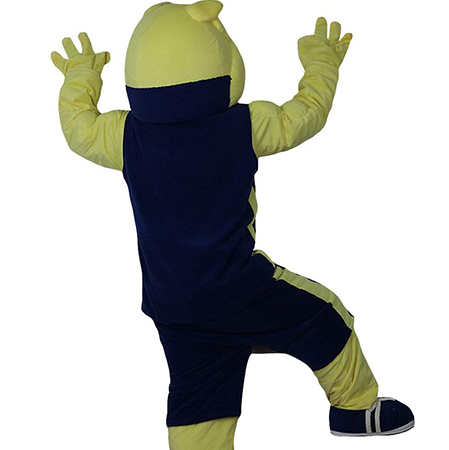
Moving into the 1970s and 1980s, there was a noticeable shift towards more complex and detailed mascot costumes. This era saw the introduction of foam rubber and latex materials, which allowed for more dynamic and expressive features. These advancements enabled designers to create mascots that were not only more lifelike but also more durable. The popularity of sports teams and corporate brands during this period fueled the demand for unique and engaging mascot costumes, leading to greater investment in their production.
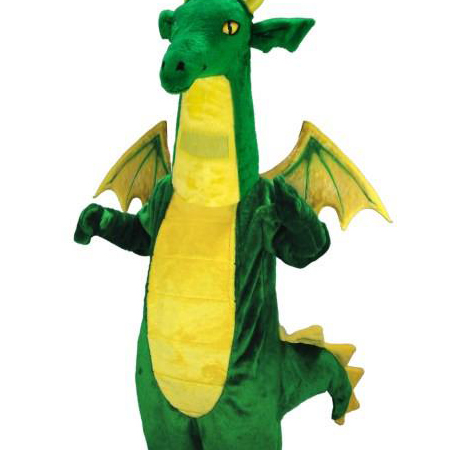
The 1990s brought about significant technological advancements in the world of mascot costumes. With the advent of computer-aided design (CAD), designers could now create highly intricate and precise patterns, pushing the boundaries of what was possible. Additionally, the use of advanced materials such as high-density foam and lightweight metals provided better mobility and comfort for the performers inside. This decade also saw the rise of custom mascot costumes, where organizations could have bespoke characters tailored to their specific brand image, further enhancing brand identity and consumer engagement.
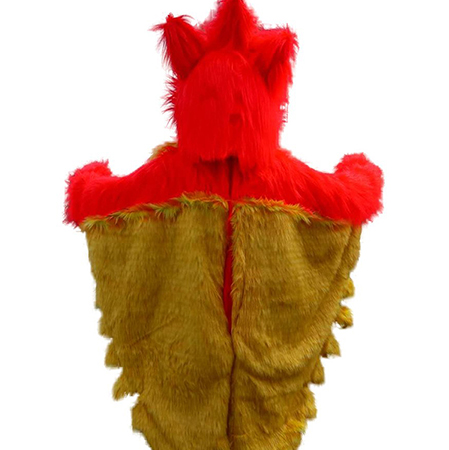
Entering the 2000s, the focus shifted towards interactivity and technology integration within mascot costumes. The rise of digital animation and electronics allowed for the incorporation of LED lights and sound effects, making mascots more interactive and entertaining. Social media’s increasing influence also played a role, as mascots began to take on larger-than-life personas online, interacting with fans through various platforms. This period marked a significant transformation in how mascots engaged with their audiences, transcending traditional appearances to become multimedia personalities.
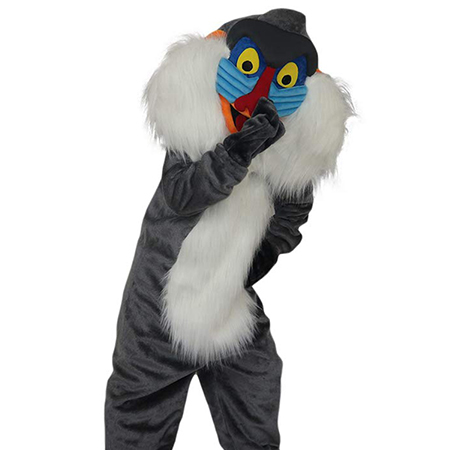
Today, mascot costumes continue to evolve, embracing cutting-edge technology and innovative design principles. The use of 3D printing has opened up new possibilities for customization and rapid prototyping, while augmented reality (AR) offers exciting opportunities for immersive experiences. Environmental sustainability is also becoming a key consideration, with many companies opting for eco-friendly materials and processes. As mascot costumes adapt to modern trends and societal changes, they remain a beloved and enduring aspect of entertainment and branding.
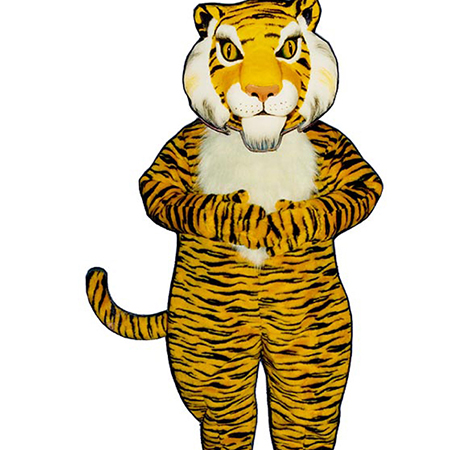
In conclusion, mascot costumes have undergone a remarkable evolution over the decades. From humble beginnings to high-tech innovations, these icons of branding and entertainment continue to bring joy and excitement to audiences worldwide. As we look to the future, it’s exciting to imagine what new trends and technologies will shape the next generation of mascot costumes.
